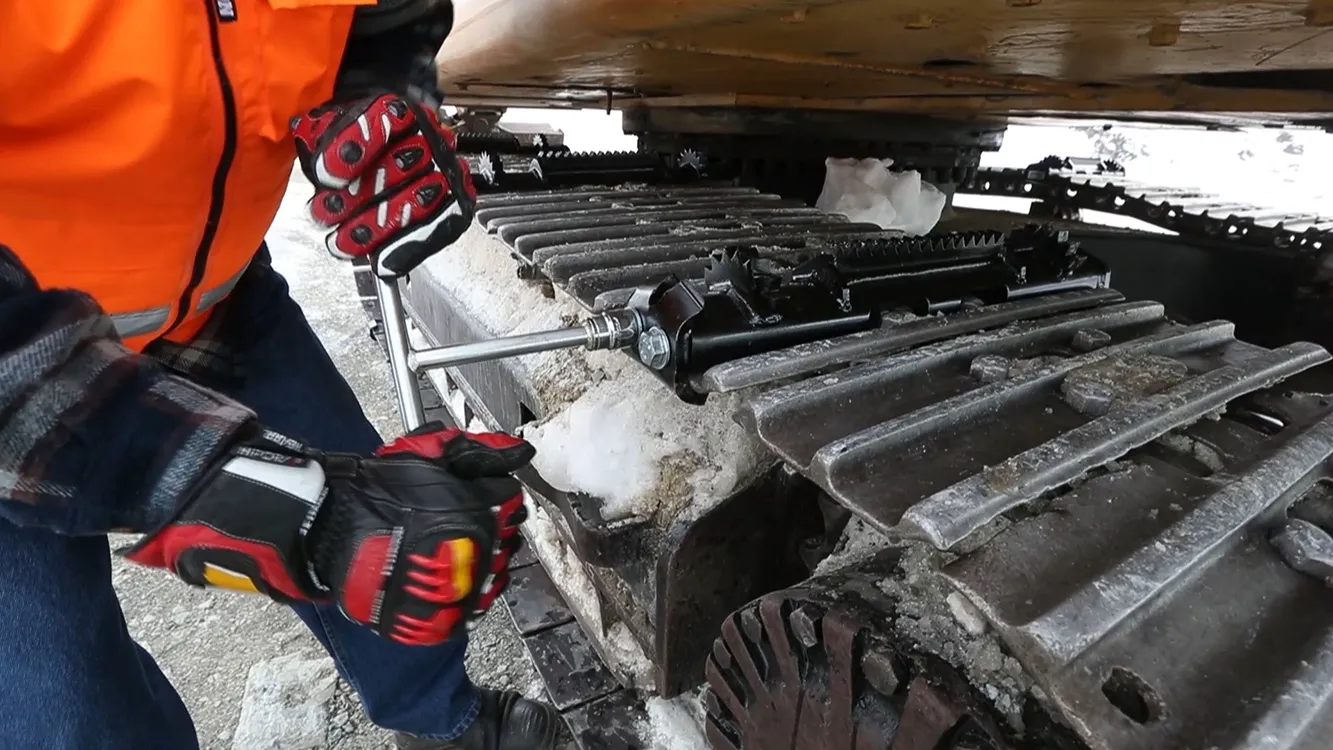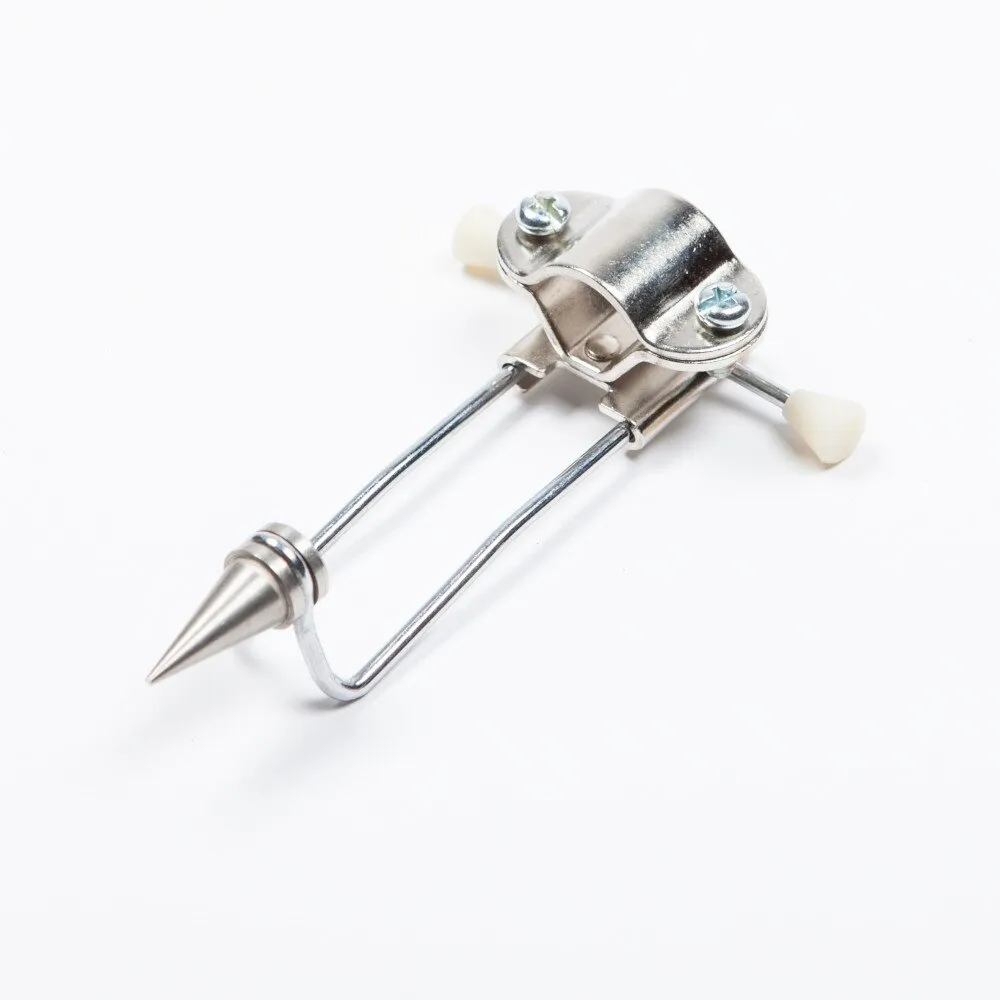What is the Tarantula Grip on Ice
The tarantula grip is a crucial technique in ice climbing, allowing climbers to securely grasp ice formations for efficient ascent. It involves a specific hand placement that maximizes contact and distributes weight effectively. Unlike a standard ice axe grip, the tarantula grip focuses on a more open-handed approach, creating a wider surface area of contact with the ice. This method is particularly advantageous on steeper ice, providing enhanced stability and control. Mastering the tarantula grip is fundamental for any aspiring ice climber seeking to improve their performance and safety on the ice.
How Does the Tarantula Grip Work
The tarantula grip’s effectiveness comes from its design to optimize contact with the ice. The climber positions their hand, typically with the fingers curled slightly and the palm making contact with the ice surface. The ice axe’s pick is then driven into the ice above this hand placement, creating an anchor point. The climber’s weight is distributed across the hand and the axe, resulting in a secure hold. The wider surface contact afforded by this method significantly improves friction and reduces the risk of slippage. This technique is especially useful when dealing with varied ice conditions.
The Benefits of Using the Tarantula Grip

Employing the tarantula grip offers numerous benefits for ice climbers, including enhanced grip strength, increased stability, and improved climbing efficiency. These advantages collectively contribute to a safer and more enjoyable climbing experience. By mastering this technique, climbers can tackle more challenging routes with greater confidence and skill.
Increased Grip Strength
The tarantula grip is engineered to maximize grip strength by utilizing a larger surface area of the hand. This distribution of force reduces strain on any single point, preventing fatigue and enabling climbers to hold onto the ice more effectively. The enhanced grip strength translates into greater control, allowing climbers to maintain their position even on difficult, overhanging sections of ice. Consequently, the tarantula grip enables climbers to conserve energy and make more deliberate movements.
Improved Stability
Stability is significantly enhanced through the tarantula grip, thanks to the wider contact surface and the secure anchor point provided by the ice axe. This added stability diminishes the risk of slipping, offering a more secure climbing experience. The grip’s inherent stability is particularly valuable on challenging ice surfaces where maintaining balance is critical. The technique allows climbers to concentrate on their movements and progress safely.
Enhanced Climbing Efficiency

Efficiency in ice climbing is improved by the tarantula grip. By using this technique, climbers are able to optimize their movements, reduce wasted energy, and move up the ice with greater speed. The efficient use of the grip makes it possible for the climber to make better, more targeted movements. This improved efficiency is especially beneficial on long routes or in situations where endurance is essential.
Essential Equipment for Tarantula Grip Ice Climbing
To successfully implement the tarantula grip in ice climbing, specific equipment is necessary. The right gear will not only improve performance but also ensure safety on the ice. From ice axes to specialized footwear, each piece of equipment has a significant role in the climbing process.
Ice Axes
Ice axes are essential tools in ice climbing, particularly when using the tarantula grip. These are used for both support and to establish handholds in the ice. The design of an ice axe, including the pick, shaft, and handle, determines its usefulness. Climbers should select axes with ergonomic handles and sharp picks for ease of use. When deploying the tarantula grip, ice axes serve as crucial anchors, providing stability and control. The choice of ice axe will often depend on the type of ice conditions and the specific climbing route.
Crampons

Crampons, which attach to climbing boots, provide crucial grip for the feet on ice. They have sharp spikes that bite into the ice, allowing climbers to stand securely. There are various crampon designs available, ranging from those with adjustable straps to those with rigid bindings. The selection of crampons should depend on the boots, ice conditions, and climbing style. Proper crampon use, combined with the tarantula grip, is crucial for achieving balance and control on the ice.
Climbing Boots
Climbing boots are specially designed footwear, providing the necessary support and insulation required for ice climbing. These boots must fit well with crampons, offering a firm, stable platform. Insulation is crucial to keep feet warm in freezing conditions. Boots often have a rigid sole, allowing for precise footwork and efficient transfer of force. The choice of boots should complement the specific climbing style and the conditions of the ice.
Gloves and Warm Layers
Gloves and warm layers are essential for protecting climbers from the cold. Gloves should be waterproof, insulated, and offer good dexterity. Climbers can maintain a secure grip, use their ice axes effectively, and stay comfortable with well-fitting gloves. Warm layers, including base layers, mid-layers, and an outer shell, are crucial for regulating body temperature. The layered approach allows climbers to adapt to varying conditions. The ability to dress appropriately ensures safety and comfort throughout the climb.
Step-by-Step Guide to Performing the Tarantula Grip

Mastering the tarantula grip requires a strategic approach, beginning with correct hand placement and proper weight distribution. This section details a step-by-step guide to effectively using the tarantula grip in ice climbing. Following these steps can help improve grip strength, control, and overall climbing performance.
Proper Hand Placement
Positioning the hand correctly is the first step in performing the tarantula grip. Place your open hand flat on the ice, with your fingers slightly curled. Make sure there’s maximum surface contact between your palm and the ice. The exact positioning may vary depending on the ice formation, so experimenting is essential. The goal is to create a secure grip that balances the pressure from the ice axe. This ensures that the grip distributes the weight effectively and offers optimal stability.
Weight Distribution
Properly distributing your weight is crucial for maintaining balance and control while using the tarantula grip. Your weight must be transferred from your feet through your body and hands to the ice. Avoid putting too much stress on your arms; instead, use your legs to provide the necessary support. Proper weight distribution will improve stability and reduce fatigue, helping climbers ascend with efficiency and confidence.
Body Positioning

Correct body positioning complements the tarantula grip, maximizing its effectiveness. Maintain a stable body position, and try to keep your center of gravity close to the ice surface. This will allow you to avoid any unnecessary movements and conserve energy. This posture will facilitate more controlled and efficient movements, resulting in a more successful climb.
Avoiding Common Mistakes
Avoiding common mistakes can significantly enhance your ice climbing experience. Several pitfalls may compromise both safety and performance, but they can be avoided with awareness and appropriate technique adjustments.
Overgripping
Overgripping is a frequent error in ice climbing that can lead to fatigue and reduce control. Avoid gripping too tightly, which wastes energy. Instead, focus on utilizing the tarantula grip to maintain a secure hold, which allows you to conserve your strength and climb with greater efficiency. Relax your hands, and let the technique do the work. This adjustment will help to improve performance and endurance.
Insufficient Weight Transfer

Insufficient weight transfer is a common error. This can make a climb less stable. Make sure your weight is correctly transferred to the ice. Use your legs and core strength to ensure the proper weight distribution across your ice axe and the surface of the ice. This shift in weight will not only improve stability but will also improve the overall climbing experience.
Poor Footwork
Footwork is key to a successful climb. Poor footwork can throw off your balance. Use your crampons and feet. Make sure that your foot placements are secure and that you are using your legs to move upward. Using proper technique will improve stability and allow you to climb more efficiently.
Advanced Tarantula Grip Techniques
After mastering the basic tarantula grip, advanced techniques can further improve your ice climbing skills. This segment covers methods to optimize performance and tackle more difficult routes. Using these advanced tactics can dramatically transform your climbing proficiency.
Dynamical Movements
Dynamic movements in ice climbing involve using momentum to overcome difficult sections. Apply a more dynamic approach to using the tarantula grip, such as swinging your arms. This technique uses the body’s momentum to climb efficiently. This approach is particularly useful when scaling overhanging or difficult ice formations. The ability to use dynamic movements enhances the overall climbing experience.
Matching Hands and Feet
Matching hands and feet is a more advanced technique that allows you to create a more balanced body position. This technique involves coordinating hand and foot placements to maintain a stable center of gravity. The coordination between the hands and feet ensures that the climber’s body remains balanced and in control. This method reduces unnecessary movements and improves climbing efficiency.
Tarantula Grip Training Exercises
Regular training is essential for developing the strength and endurance required to master the tarantula grip. Specific exercises can improve your grip strength, core stability, and flexibility, which will allow you to climb more effectively and safely.
Grip Strengthening Exercises
Grip-strengthening exercises are essential for improving your ability to hold onto the ice. These exercises focus on the forearm and hand muscles. Exercises such as pinch grip training, using grip trainers, and doing dead hangs can significantly enhance your grip strength. Incorporating these exercises into your training routine will help to develop the grip strength needed for more challenging routes.
Core Strengthening Exercises
A strong core is important for maintaining stability and transferring power while ice climbing. Exercises such as planks, Russian twists, and leg raises can improve core strength. A stronger core enhances balance, makes for better weight distribution, and helps avoid fatigue. Consistent core training will improve your climbing efficiency and overall performance.
Flexibility and Mobility Drills
Flexibility and mobility drills are crucial for increasing range of motion and preventing injuries. Stretching exercises targeting the shoulders, back, and legs are recommended. Dynamic stretches, such as arm circles and leg swings, before climbing, can increase blood flow and prepare the muscles for activity. Enhanced flexibility and mobility can improve your climbing performance and allow you to climb more easily.
Safety Precautions for Ice Climbing
Safety should always be your top priority when ice climbing. Understanding and adhering to safety precautions is crucial for preventing accidents and ensuring a fun and safe climbing experience. These precautions encompass a variety of areas from weather conditions to route assessment.
Weather Conditions
Weather conditions can dramatically impact the safety and accessibility of ice climbing routes. Before climbing, review the weather forecast. Consider temperature, wind, and precipitation, as they can affect ice conditions and create hazards like avalanches. It’s best to avoid climbing in extreme weather conditions, such as high winds or heavy snowfall. Understanding the weather and planning accordingly are essential for a safe climb.
Avalanche Safety
If climbing in areas with potential avalanche hazards, taking precautions for avalanche safety is crucial. Educate yourself on avalanche forecasting, and carry essential safety gear. Gear should include an avalanche transceiver, shovel, and probe. Be aware of the terrain, snow conditions, and signs of instability. Always assess and select routes based on the avalanche risk. Your safety depends on the ability to recognize and react to avalanche dangers.
Choosing the Right Ice
Selecting the right ice is a crucial element of ice climbing safety. Evaluate ice conditions before you start a climb. Look for solid, well-formed ice. Ice that is too thin or hollow poses a hazard. Avoid areas with visible cracks or evidence of recent melting and freezing. Choose routes that match your skill level and experience. Learning how to identify good ice is a must for safe climbing.
Conclusion Mastering the Tarantula Grip
Mastering the tarantula grip is an empowering journey that equips ice climbers with enhanced control, stability, and efficiency on the ice. This powerful technique, along with the proper equipment and safety practices, opens the door to a rewarding climbing experience. Embrace the challenges, practice consistently, and always prioritize safety. By integrating the tarantula grip into your technique and adhering to safety protocols, you can enjoy the excitement and satisfaction of ice climbing, and unlock your full potential on the ice.
